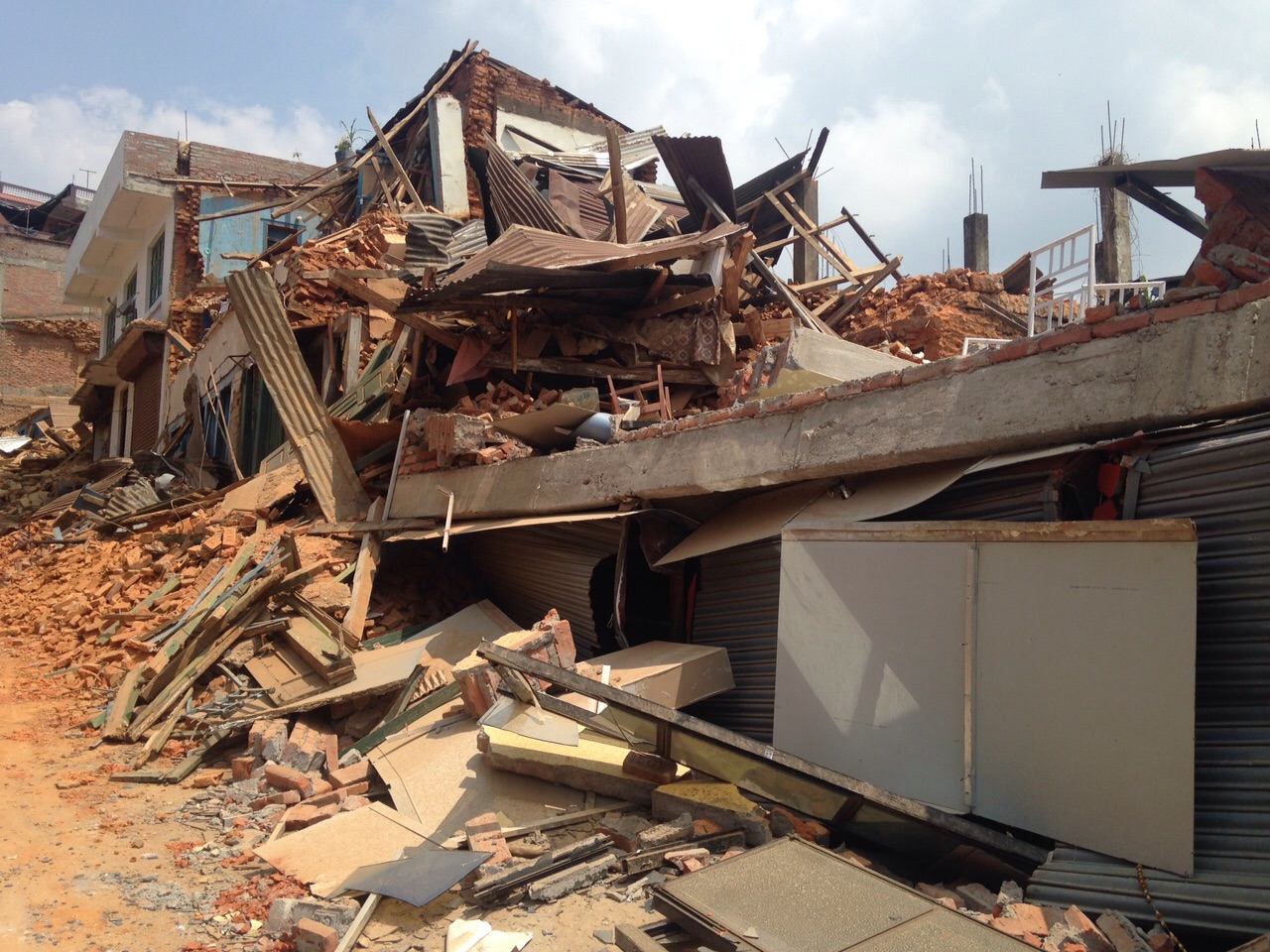Earthquake damage to the built environment leads to the collapse of buildings and structures ‘in-situ’, i.e. floor slabs collapse on top of each other, encapsulating all waste within the damaged buildings and structures. Where streets and roads between the buildings and structures are relatively narrow, collapsed buildings will often obstruct the transportation infrastructure, complicating access for the search and rescue as well as relief operations.
With all the waste encapsulated within the damaged buildings and structures, there are often challenges in separating the hazardous waste (i.e. asbestos from roofing) from the non-hazardous (i.e. the general building rubble and furnishings). In addition, handling buildings and structure waste composed of concrete or bricks will often require mechanical plants and machinery, which can be difficult for communities to gain access to.
The quantities of waste generated from earthquakes can be considerably more compared to the other types of natural hazards. With the collapse of a building, all of the building’s contents often become waste, as compared to flooding, where some materials may be salvageable, or hurricanes that spread the waste over a larger area, and thus, may also be salvageable.
